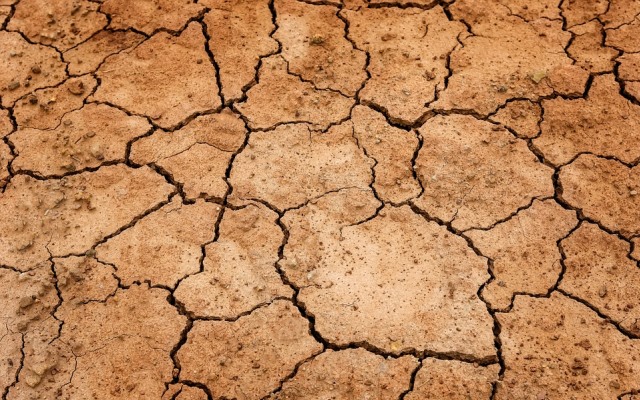Parched and Pumped Out: Story of the Looming Water Crisis in India

Water shortage is not a new catastrophe in most parts of India. Many states in India have experienced a drought like situation several times in the last few decade. In 2016, people of around 29,000 villages in Maharashtra experienced a major drought for the second time in their lives. Around 1.37 crore farmers were affected by this drought. The situation led to farmer suicides, large-scale migration to cities, rise in inflation rate and widespread malnutrition for a long period.
Now, in a Report released by the Niti Aayog in 2018, 21 cities including Delhi, Bengaluru, Chennai and Hyderabad have been put on a Blue Alert. In 2018 itself, these cities were reported to be reaching zero ground water levels. Despite this 2018 warning by the Niti Aayog, not much has been done to make people aware of India’s dry future. This, despite the fact that 12% of India is now living a Zero water life. Battles for water have already begun in many villages across the country.
Last month, the Maharashtra Government declared that 26 dams across Maharashtra have hit a Zero water storage level. With decreasing ground water level and poor quality of water supplied through tankers, social activists like Sanjay Lakhe Patil have approached the Bombay High Court regarding drought management which comes under the Disaster Management Act of 2005. Since the Governments of all states were recently in Election mode, the affected regions of Maharashtra were not given much attention. However, even after the Elections, the elected Government has not been able to ensure water security for all the people of Maharashtra.
A similar situation can be witnessed in Chennai recently. Tamil Nadu has been declared as a fully parched state. All the four major reservoirs that provided drinking water have hit Below Zero water level. The 3 mega water desalination plants in Tamil Nadu have a combined capacity of only 180 MLD, which is not sufficient at all. With no signs of heavy rains towards South India for the next few weeks, many have begun questioning their survival through the rest of the hot summer.
The Jal Shakti Ministry, recently christened by the Central Government, has set plans to connect pipeline networks to every Indian household by the year 2024. However, the late onset of the plan does not bring immediate hope as these three years will see mass-scale unrest and one-way migration to urban areas for lack of water.
Moving Towards a Solution?
To promote water conservation across the country ahead of the monsoon season, Prime Minister Narendra Modi recently wrote letters to all sarpanches of villages urging them to undertake Rainwater Harvesting and Water Conservation activities in rural India. Gram Sabhas have also been convened across the country where the Prime Minister’s letter was read out publicly to all the residents of the village.
The convening of the Gram Sabhas was followed by Shramdaan for water conservation, as outlined in the Prime Minister’s letter. Activities as part of this Shramdaan include building and cleaning small ponds for storing rainwater, tree plantation drives, installing storage tanks for rainwater harvesting and afforestation.
The Real Problem
A preliminary assessment of the situation reveals that the water crisis being faced by India is due to a combination of factors. These include illegal and unmonitored extraction of ground water, lack of government planning, population growth, improper management of sewage and human waste, and lastly lack of giving due respect and value to the water resource. With the global warming induced heat waves occurring more frequently, that is another factor that has added the proverbial fuel to the fire.
Sustainable Water Management has to be practiced on a larger scale. The tradition water management practices of India and rainwater harvesting should be practiced more religiously. India only captures 8 percent of its rainwater which is one of the lowest amongst other countries. Another key aspect that needs to be looked into is to create a water treatment system where we can reuse waste water instead of releasing it into fresh water bodies. There is a great potential and need for recycling wastewater for non potable purposes.
All of this brings us back to the moot point that water resource needs to be used and protected with much more care and seriousness. No matter what it takes, India needs to take serious measures to ensure that the water levels are restored for times to come. With 70 percent of the Indian population dependent on agriculture, water should become everyone’s priority.



